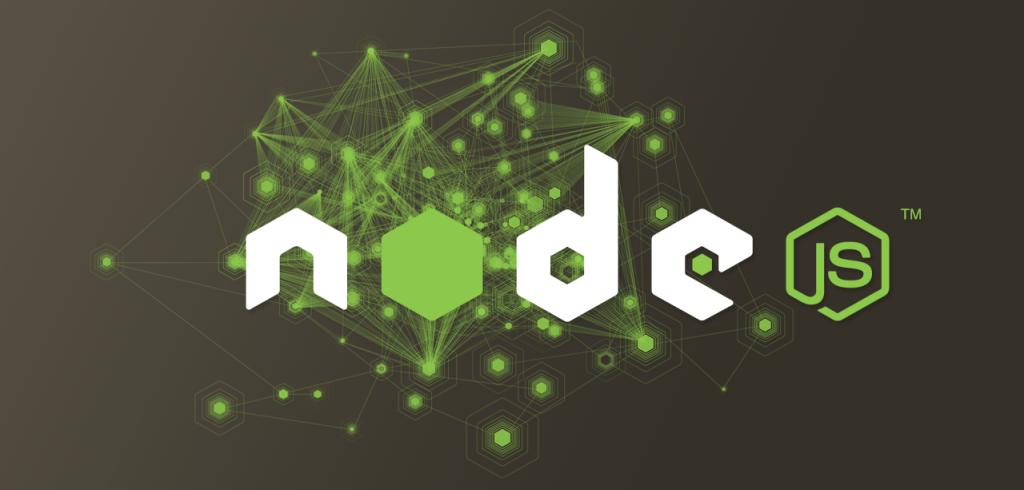As you can tell from my lack of articles over the last several months I have been very busy. I’ve been in India and San Francisco working like crazy. I will be posting more about what I have been working on in the future, but because of work I have had no time to write any new or interesting articles.
So today I decided to share what Sublime plugins I use to be more productive, help unify my team’s standards, and help the overall collaboration in my team.
I’ve been using Sublime for several years but I was unimpressed when I first started using it. I later found out that the real advantage of using Sublime is the plugin system. You can make Sublime into nearly any type of IDE you want.
Here is my list of best Sublime plugins.




